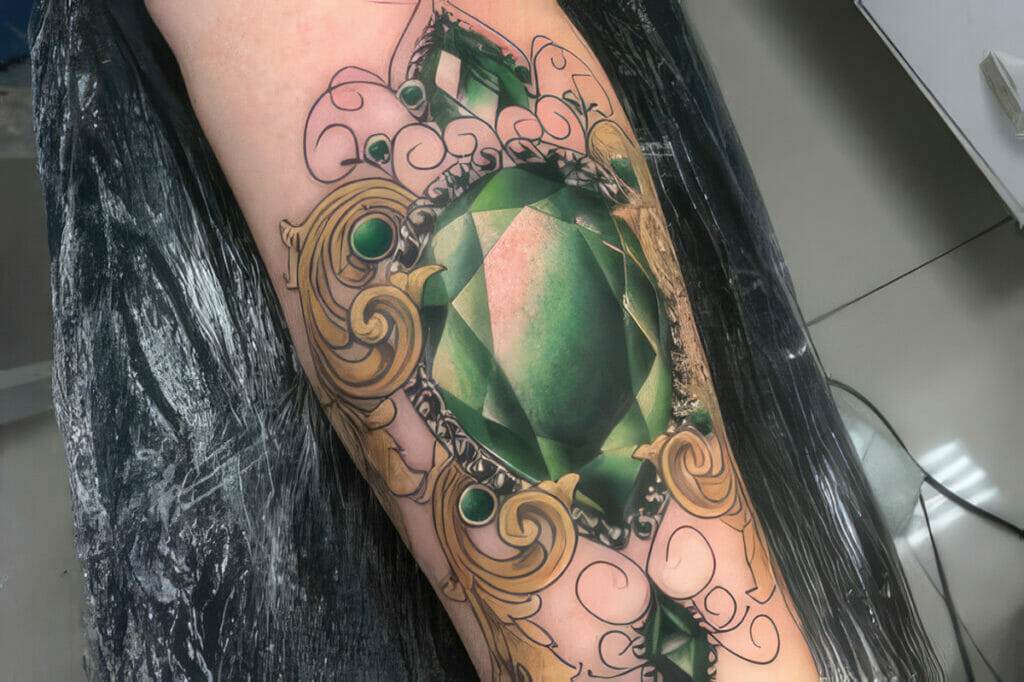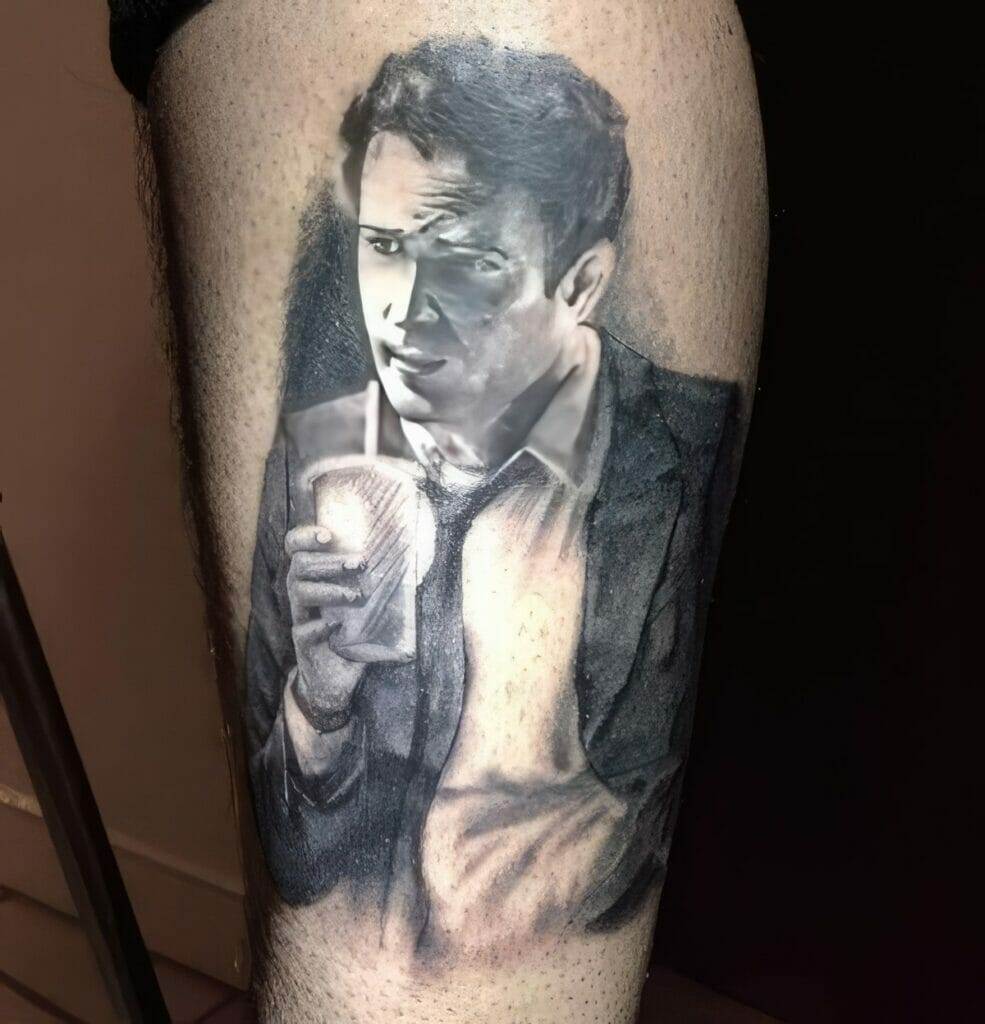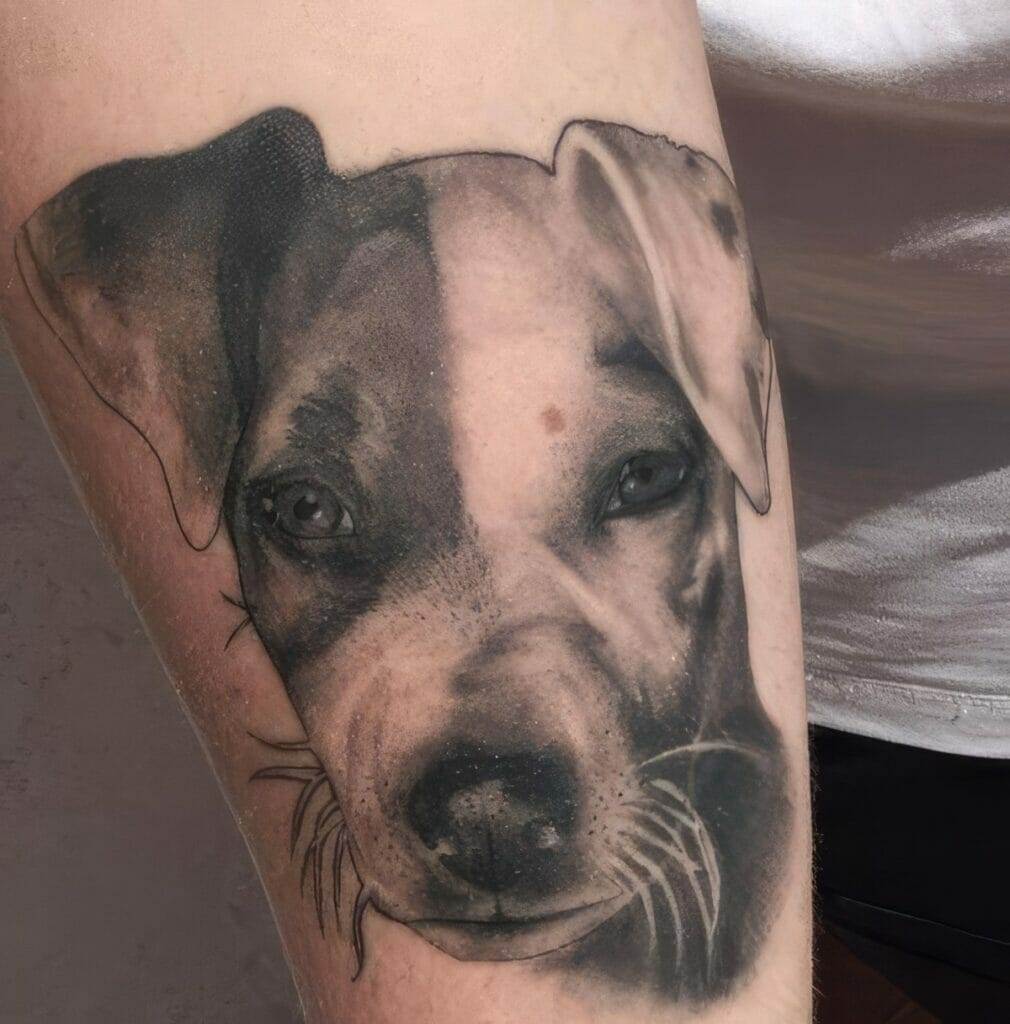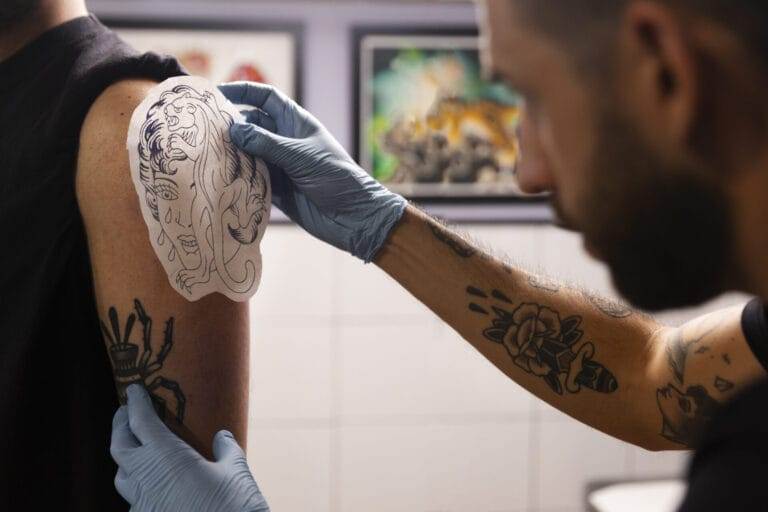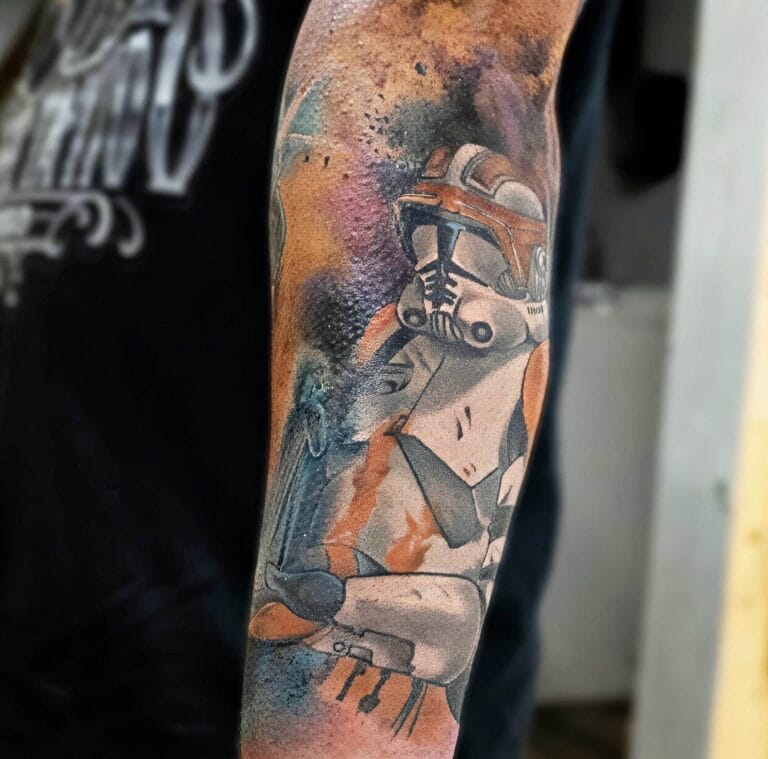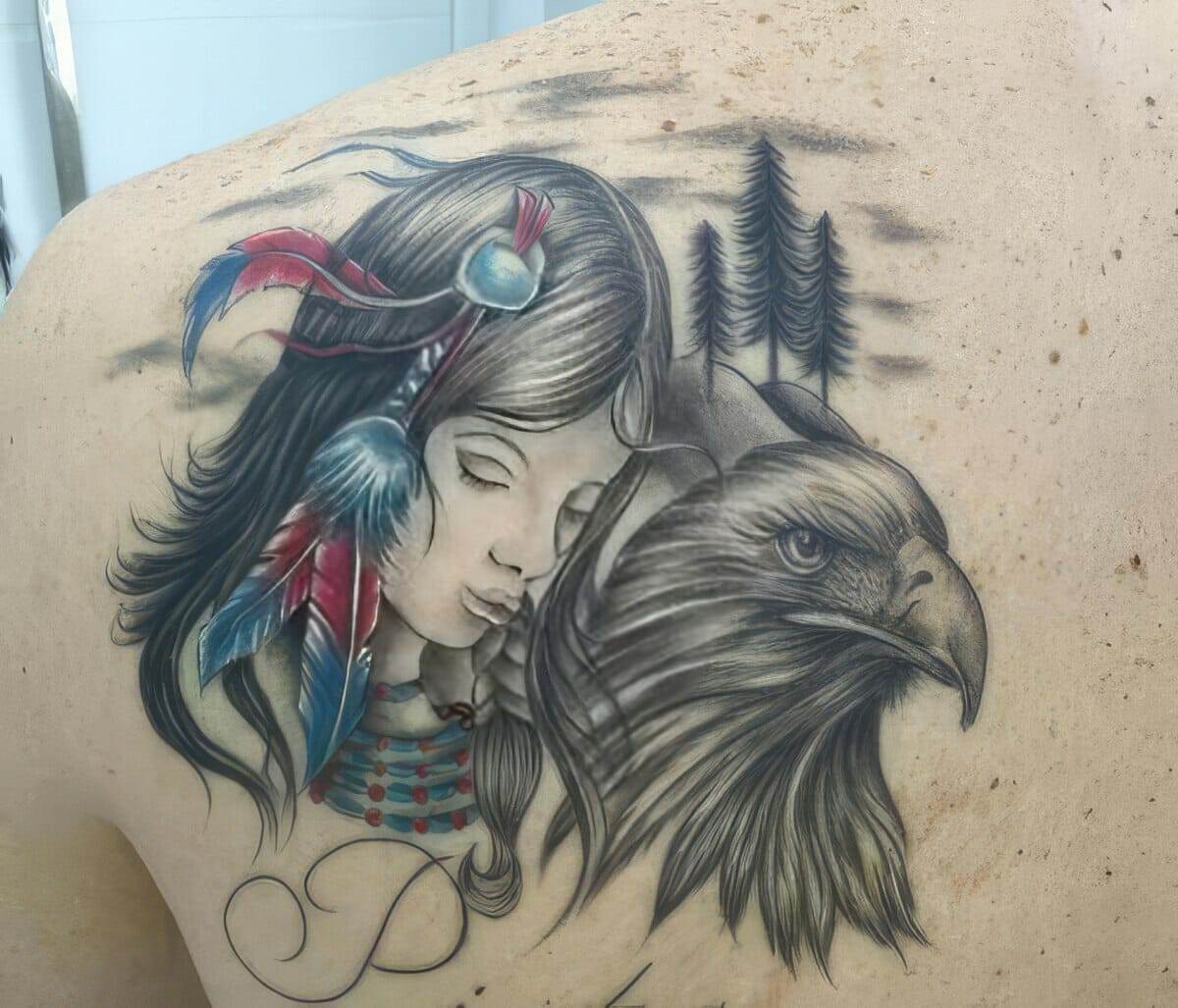
Tattoos have been a part of human culture for thousands of years, with evidence of their existence dating back to ancient civilizations such as the Egyptians, Greeks, and Romans. In these early cultures, tattoos held significant cultural and religious meanings, serving as symbols of status, protection, and spirituality. However, it wasn’t until the 20th century that tattoos began to gain popularity in Western societies.
In the past few decades, tattoos have become increasingly mainstream and socially acceptable. What was once considered taboo or associated with subcultures is now embraced by people from all walks of life. This rise in popularity has led to the emergence of various tattoo styles, each with its own unique characteristics and aesthetic.
Traditional Tattoos: A Look at the Past
Traditional tattoos, also known as old school tattoos, are rooted in the history of tattooing. They draw inspiration from the early tattoo designs that originated in Western cultures, particularly in the United States and Europe. Traditional tattoos are characterized by bold outlines, limited color palettes, and iconic imagery such as anchors, roses, skulls, and pin-up girls.
These designs often have a nostalgic feel and evoke a sense of timelessness. Traditional tattoos are known for their simplicity and readability from a distance. They are typically done using a hand-poked or machine technique, with black ink being the dominant color. Traditional tattoos have stood the test of time and continue to be popular among tattoo enthusiasts who appreciate their classic and timeless appeal.
Neo-Traditional Tattoos: A Modern Twist on Tradition
Neo-traditional tattoos are a contemporary take on traditional tattoo styles. They retain the bold outlines and limited color palettes of traditional tattoos but incorporate more intricate details and shading techniques. Neo-traditional tattoos often feature a mix of traditional imagery with elements from other tattoo styles such as realism or illustrative art.
One of the key differences between traditional and neo-traditional tattoos is the level of detail and complexity. Neo-traditional tattoos often have a more three-dimensional and realistic appearance, with shading and highlights adding depth to the design. Popular neo-traditional tattoo designs include animals, flowers, and portraits, often with a vibrant color palette.
Blackwork Tattoos: Bold and Graphic
Blackwork tattoos are characterized by their bold, graphic, and often abstract designs. As the name suggests, these tattoos are done entirely in black ink, with no shading or color. Blackwork tattoos can range from intricate geometric patterns to large-scale illustrative designs.
Blackwork tattoos have a strong visual impact and are often chosen by individuals who want a bold and striking tattoo. The simplicity of black ink allows for clean lines and precise details, making blackwork tattoos visually striking and visually appealing.
Realism Tattoos: Bringing Art to Life
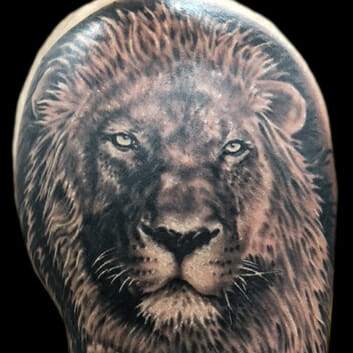
Realism tattoos aim to replicate the appearance of real-life objects or people as accurately as possible. These tattoos require a high level of skill and attention to detail, as they often involve intricate shading, highlights, and fine details.
Realism tattoos can depict anything from portraits of loved ones to animals, landscapes, or even everyday objects. The goal is to create a tattoo that looks like a photograph or a painting, capturing every nuance and detail.
Popular realism tattoo designs include portraits of celebrities or family members, animals such as lions or wolves, and nature scenes like forests or waterfalls. Realism tattoos are highly sought after by individuals who appreciate the artistry and craftsmanship involved in creating a lifelike tattoo.
Watercolor Tattoos: A Splash of Color
Watercolor tattoos are characterized by their vibrant colors and fluid brushstroke-like appearance. These tattoos mimic the look of watercolor paintings, with soft edges and blending colors.
Watercolor tattoos are known for their unique aesthetic and ability to create a sense of movement and depth. They often feature abstract designs, flowers, or animals, with the colors bleeding into one another to create a dreamy and ethereal effect.
Watercolor tattoos require a skilled artist who can blend colors seamlessly and create the illusion of transparency. Due to their delicate nature, watercolor tattoos may require more frequent touch-ups to maintain their vibrancy.
Geometric Tattoos: Symmetrical and Intricate
Geometric tattoos are characterized by their use of geometric shapes and patterns. These tattoos often feature symmetrical designs, such as mandalas, sacred geometry, or intricate dotwork.
Geometric tattoos can be simple or complex, depending on the desired effect. They can be done in black ink or incorporate vibrant colors for added visual impact. Geometric tattoos are popular among individuals who appreciate clean lines and precise details.
The symmetrical nature of geometric tattoos creates a sense of balance and harmony. These tattoos often have a spiritual or symbolic meaning, representing concepts such as unity, balance, or interconnectedness.
Dotwork Tattoos: A Fusion of Art and Science
Dotwork tattoos are characterized by their use of dots to create intricate designs and shading. These tattoos are created by meticulously placing thousands of tiny dots to form images or patterns.
Dotwork tattoos can range from simple designs to highly complex and detailed pieces. They often feature geometric patterns, mandalas, or images inspired by nature. Dotwork tattoos require a high level of precision and patience from the artist, as each dot must be carefully placed to achieve the desired effect.
Dotwork tattoos have a unique aesthetic that is both bold and delicate. The use of dots creates texture and depth, giving the tattoo a three-dimensional appearance. Dotwork tattoos are popular among individuals who appreciate the meticulous craftsmanship and attention to detail involved in creating these intricate designs.
Illustrative Tattoos: Telling a Story with Ink
Illustrative tattoos are characterized by their storytelling nature and use of imagery to convey a narrative. These tattoos often feature detailed illustrations or scenes that tell a personal or symbolic story.
Illustrative tattoos can depict anything from mythical creatures to landscapes, characters from literature or movies, or personal memories and experiences. These tattoos require a skilled artist who can bring the client’s vision to life and create a cohesive and visually appealing design.
Illustrative tattoos often incorporate elements from other tattoo styles, such as realism, neo-traditional, or watercolor. The goal is to create a tattoo that not only looks visually stunning but also captures the essence of the client’s story or message.
Minimalist Tattoos: Less is More
Minimalist tattoos are characterized by their simplicity and clean lines. These tattoos often feature small, understated designs that make a big impact with minimalistic elements.
Minimalist tattoos can be done in black ink or incorporate subtle colors for added visual interest. They often feature small symbols, words, or geometric shapes. Minimalist tattoos are popular among individuals who prefer a more discreet and subtle tattoo.
The simplicity of minimalist tattoos allows for quick and relatively painless sessions, making them an ideal choice for first-time tattoo enthusiasts. These tattoos are also versatile and can be easily incorporated into larger designs or used to create a cohesive tattoo sleeve.
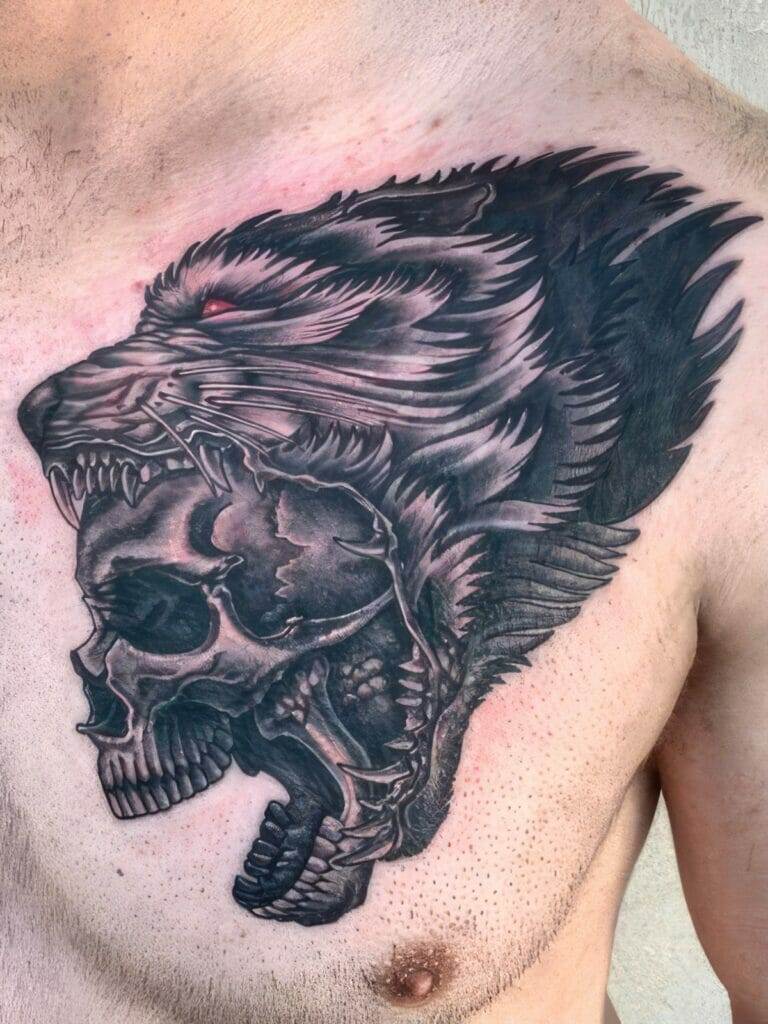
The Future of Tattoo Styles
Tattoo styles have come a long way since their origins in ancient cultures. From traditional tattoos to modern styles like neo-traditional, blackwork, realism, watercolor, geometric, dotwork, illustrative, and minimalist tattoos, there is a wide range of options available for individuals looking to get inked.
As the popularity of tattoos continues to grow, it is likely that new styles will emerge in the future. With advancements in technology and techniques, artists will have even more tools at their disposal to create innovative and unique designs.
When choosing a tattoo style, it is important to consider your personal preferences, aesthetic, and the meaning behind the design. Tattoos are a form of self-expression and should reflect your individuality and personality. Whether you prefer a bold and graphic blackwork tattoo or a delicate and ethereal watercolor design, there is a tattoo style out there that will perfectly capture your vision.

